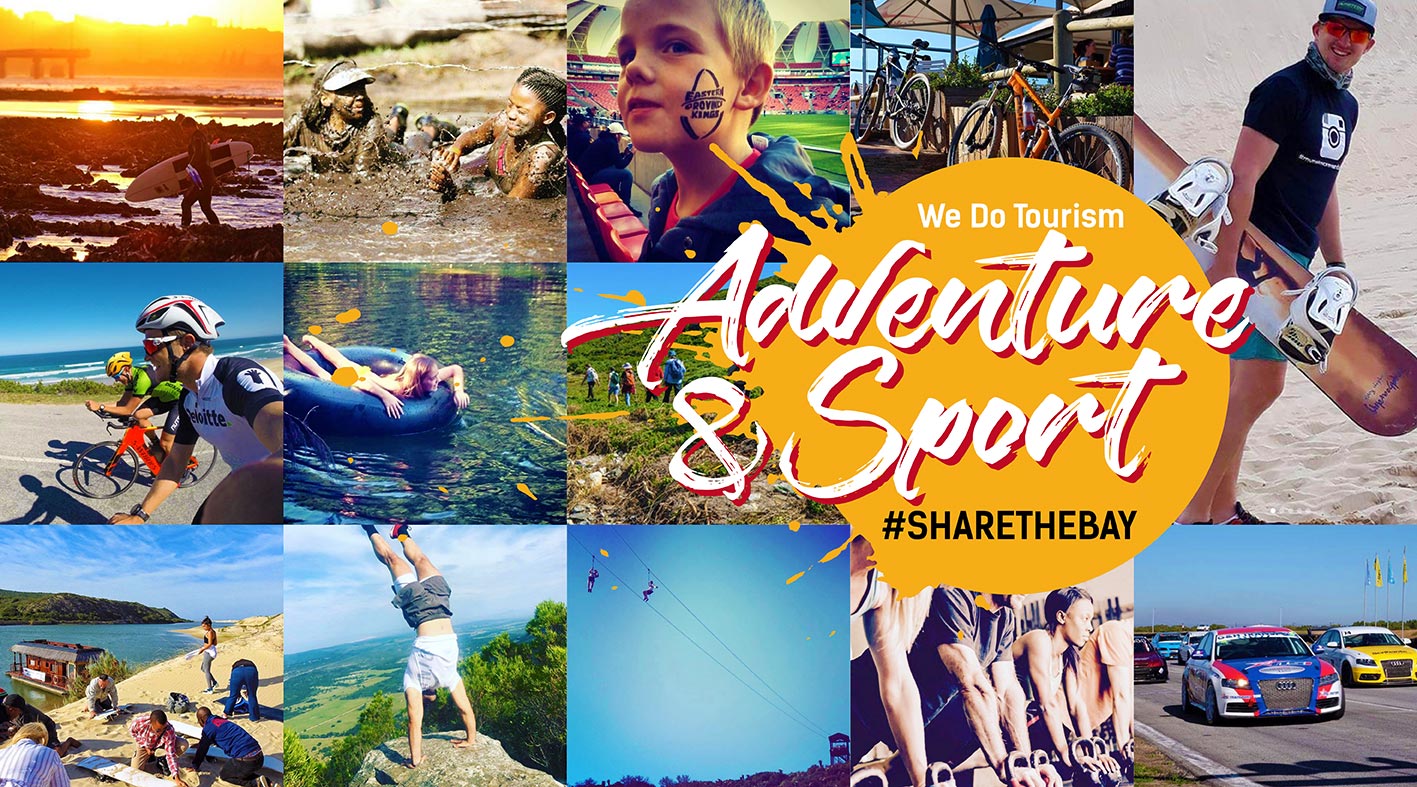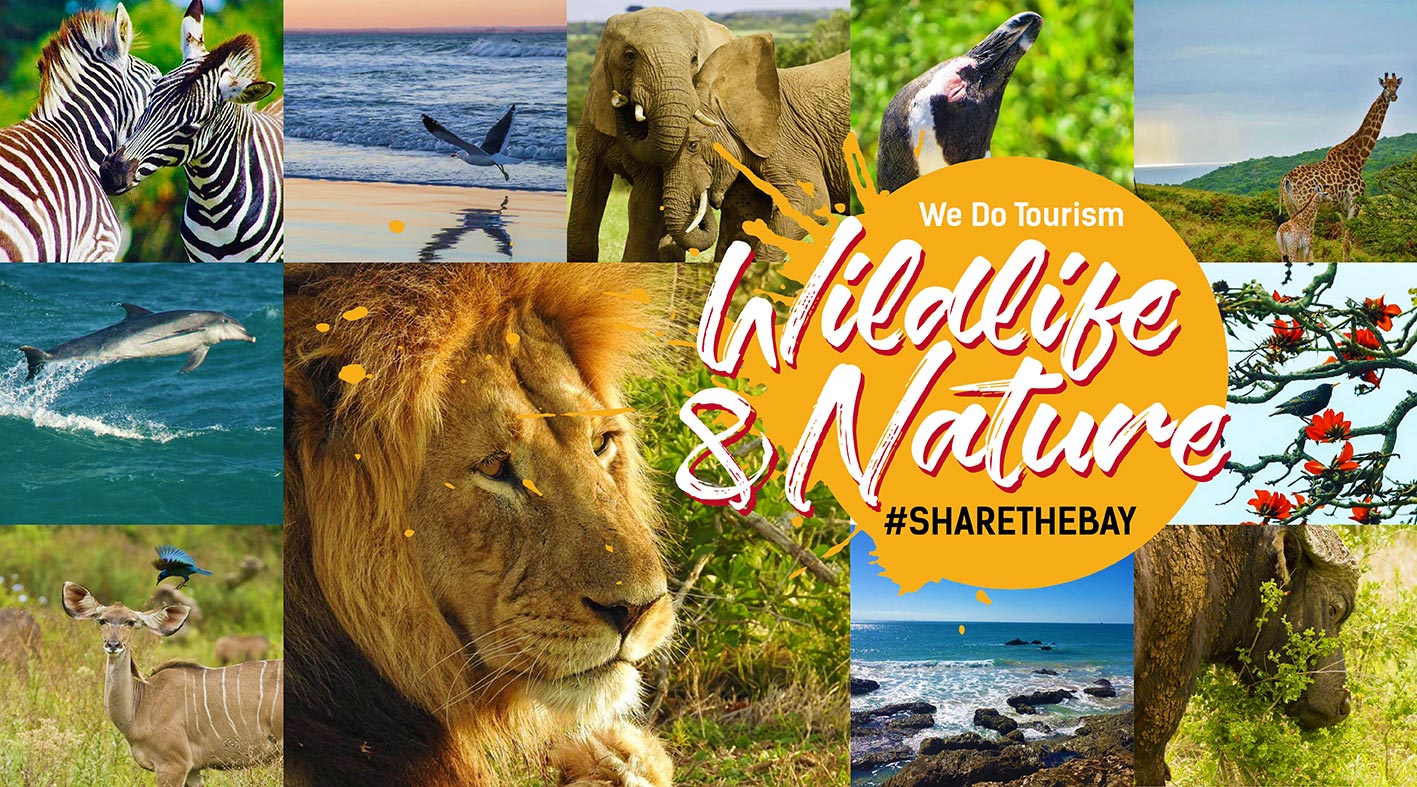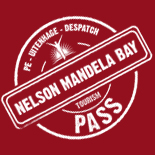Lower Guinea Fowl Trail
Location
Eastern Cape > Gqeberha > Central
Eastern Cape > Gqeberha > Central
Add to travel planner
Description

TRAIL TYPE: LINEAR
DURATION: 2/3 HOURS
DIFFICULTY: EASY/MODERATE
RECOMMENDED HIKING TIMES: 08h00 – 16h30
Download the hiking trail guide here.
DURATION: 2/3 HOURS
DIFFICULTY: EASY/MODERATE
RECOMMENDED HIKING TIMES: 08h00 – 16h30
Download the hiking trail guide here.
The lower Guinea Fowl is a 7,5 km trail which is accessed from the 3rd Avenue dip in Newton Park, leading down to Settler's Park and Brickmakers Kloof. The trail meanders along the edge of the Baakens flood-plain, and passes through a steep-sided valley below the city suburbs for its full length. The trail offers an accessible walk of considerable interest ranging from wildflowers, trees and blue water lillies to fauna such as dassies, leguaans, tortoises and lizards. The area is also excellent for bird-watching.
The Lower Guinea Fowl Trail follows the Baakens River down through the Settlers Park Nature Reserve. Settlers Park Nature Reserve is located in the heart of Nelson Mandela Bay and is a popular destination for outdoor enthusiasts and nature lovers. The park has a rich history which dates back thousands of years.
The wetland areas of the Baakens River were known as Gqeberha, the Khoisan word for the common reed (Phragmites australis). The reeds were a renewable resource for the earliest inhabitants, providing food, shelter, medicine and numerous other cultural and ecosystem services, thousands of years before the arrival of the English settlers in 1820.
Gqeberha was anglicized as a name for the suburb of Kabega, and was also used by the isiXhosa as a name for Walmer Township. Gqeberha is now the new name for the City of Port Elizabeth.
In 1820, British Settlers were landed at the mouth of the Baakens river, as part of a British government emigration plan.
The area where Settlers Park is now located was intensively used for grazing, agriculture, and quarrying for the construction of Port Elizabeth, thereby changing the river system considerably. In 1932, the deterioration of the system was reversed when the City set aside the area between Target Kloof and Brickmakers Kloof roads as a Nature Reserve, naming it Settlers Park on 28 February 1952.
Over the years, the nature reserve has seen considerable expansion and now includes the entire catchment of the 25km river, thereby conserving ecological processes within a Critical Biodiversity Area for the City. It is the City’s green lung and has become a popular destination for visitors and locals. Settlers Park is home to a variety of plant and animal species, including several rare and endangered species.
Look out for other activities on the trail that includes:
FatTracks Mountain Bike Trails:
FatTracks have developed and maintains various mountain bike trails through the valley. They also offer outrides, chaperoned valley rides, skill rides and other MTB events. See www.fattracks.co.za for more info.
Dodds Farm:
As the Baakens River slowly flows down towards the Bay it passes through Dodd's Farm in Walmer where it is joined by the Klein Kabega, the longest tributary of the Baakens River, and widens into a pool with some cliffs behind and lots of vegetation around it. The area is ideal for a picnic, bird watching and some quiet time. There is also parking here for those wanting to do shorter hikes.
Boer War Trenches: At some stage during the war, the British received word of a possible Boer invasion and started setting up town defenses. Part of these were a series of forts and trenches around the area.
Holland Memorial: This Memorial was erected in honour of Frederick Huntley Holland. A South African businessman and philanthropist.
Botanical Display: Display of some of the local fauna and flora found in the reserve at the how avenue parking lot.
Lower Baakens Valley: At the end (or start) of the trail lays the Lower Baakens Valley. The area boasts a wide variety of historical attractions, activities and restaurants to catch a meal or drink after the hike. These include craft beer tours, arts and craft classes, historical buildings and more.
Top Fauna:
- Butterflies & Moths
- Yellow Mongoose & Cape Clawless Otter
- Rock Hyrax and Water Monitor
- Half-Collared & Malachite Kingfisher
- Peregrine Falcon & Black Sparrowhawk
Top Flora:
- Varied Aloe & other succulent Species
- Numerous Tree Species with more than 10 Currant or Khuni-bush Species
- Varied members of the Orchid, Iris & Buchu Families, Riverine and Aquatic Vegetation
NOTE - Please remember that this is a Nature Reserve:
• All plant and animal life is protected and must not be disturbed or harmed.
• Please keep on the trail at all times.
• Minimum number three persons is recommended as a safety precaution.
• Please do not smoke or light fires while on the trail
• No dogs allowed.
• Do not litter.
• Carry at least two litres of drinking water per person.
• For reservation and general enquiries please contact: Guinea Fowl Trail on +27 (0) 41 585 9711.
• In case of emergency while on the trail, please contact Police 10111, Ambulance 10177, Fire +27 (0) 41 585 1555 or TAC NET Emergency Response 041 581 8306.
• Trail isn't circular. Collect hikers at Settlers Park Chelmsford Ave entrance or main parking off How Ave, Park Dr. Alternative loops can be used to return to starting points.
Download the hiking trail guide here.
The Lower Guinea Fowl Trail follows the Baakens River down through the Settlers Park Nature Reserve. Settlers Park Nature Reserve is located in the heart of Nelson Mandela Bay and is a popular destination for outdoor enthusiasts and nature lovers. The park has a rich history which dates back thousands of years.
The wetland areas of the Baakens River were known as Gqeberha, the Khoisan word for the common reed (Phragmites australis). The reeds were a renewable resource for the earliest inhabitants, providing food, shelter, medicine and numerous other cultural and ecosystem services, thousands of years before the arrival of the English settlers in 1820.
Gqeberha was anglicized as a name for the suburb of Kabega, and was also used by the isiXhosa as a name for Walmer Township. Gqeberha is now the new name for the City of Port Elizabeth.
In 1820, British Settlers were landed at the mouth of the Baakens river, as part of a British government emigration plan.
The area where Settlers Park is now located was intensively used for grazing, agriculture, and quarrying for the construction of Port Elizabeth, thereby changing the river system considerably. In 1932, the deterioration of the system was reversed when the City set aside the area between Target Kloof and Brickmakers Kloof roads as a Nature Reserve, naming it Settlers Park on 28 February 1952.
Over the years, the nature reserve has seen considerable expansion and now includes the entire catchment of the 25km river, thereby conserving ecological processes within a Critical Biodiversity Area for the City. It is the City’s green lung and has become a popular destination for visitors and locals. Settlers Park is home to a variety of plant and animal species, including several rare and endangered species.
Look out for other activities on the trail that includes:
FatTracks Mountain Bike Trails:
FatTracks have developed and maintains various mountain bike trails through the valley. They also offer outrides, chaperoned valley rides, skill rides and other MTB events. See www.fattracks.co.za for more info.
Dodds Farm:
As the Baakens River slowly flows down towards the Bay it passes through Dodd's Farm in Walmer where it is joined by the Klein Kabega, the longest tributary of the Baakens River, and widens into a pool with some cliffs behind and lots of vegetation around it. The area is ideal for a picnic, bird watching and some quiet time. There is also parking here for those wanting to do shorter hikes.
Boer War Trenches: At some stage during the war, the British received word of a possible Boer invasion and started setting up town defenses. Part of these were a series of forts and trenches around the area.
Holland Memorial: This Memorial was erected in honour of Frederick Huntley Holland. A South African businessman and philanthropist.
Botanical Display: Display of some of the local fauna and flora found in the reserve at the how avenue parking lot.
Lower Baakens Valley: At the end (or start) of the trail lays the Lower Baakens Valley. The area boasts a wide variety of historical attractions, activities and restaurants to catch a meal or drink after the hike. These include craft beer tours, arts and craft classes, historical buildings and more.
Top Fauna:
- Butterflies & Moths
- Yellow Mongoose & Cape Clawless Otter
- Rock Hyrax and Water Monitor
- Half-Collared & Malachite Kingfisher
- Peregrine Falcon & Black Sparrowhawk
Top Flora:
- Varied Aloe & other succulent Species
- Numerous Tree Species with more than 10 Currant or Khuni-bush Species
- Varied members of the Orchid, Iris & Buchu Families, Riverine and Aquatic Vegetation
NOTE - Please remember that this is a Nature Reserve:
• All plant and animal life is protected and must not be disturbed or harmed.
• Please keep on the trail at all times.
• Minimum number three persons is recommended as a safety precaution.
• Please do not smoke or light fires while on the trail
• No dogs allowed.
• Do not litter.
• Carry at least two litres of drinking water per person.
• For reservation and general enquiries please contact: Guinea Fowl Trail on +27 (0) 41 585 9711.
• In case of emergency while on the trail, please contact Police 10111, Ambulance 10177, Fire +27 (0) 41 585 1555 or TAC NET Emergency Response 041 581 8306.
• Trail isn't circular. Collect hikers at Settlers Park Chelmsford Ave entrance or main parking off How Ave, Park Dr. Alternative loops can be used to return to starting points.
Download the hiking trail guide here.
MAP
Latitude : -33° 57' 29.01" S | Longitude : 25° 33' 38.25" E
Image Gallery
Services
| Groups Accepted | Yes |
| Car Parking Available | Yes |
| Day Visitors Allowed | Yes |
| Children Allowed | Yes |
Experience
Things to See and Do
Adventure & Sports
Green Flag Trails
Hiking
Hiking Trails
Wildlife Walks
App Guides
Top Attractions
Walk or Pedal
Film Location
Bush
Forest
Parks
Wildlife & Nature
Bird Watching
Fresh Water Spring
Green Flag Trails
Hiking Trails
Indigenous Forest
Nature Reserve
Parks & Gardens
Ridge / Kloof
Unique Biom
Wilderness Trails
Wildlife





















 Please wait!
Please wait!